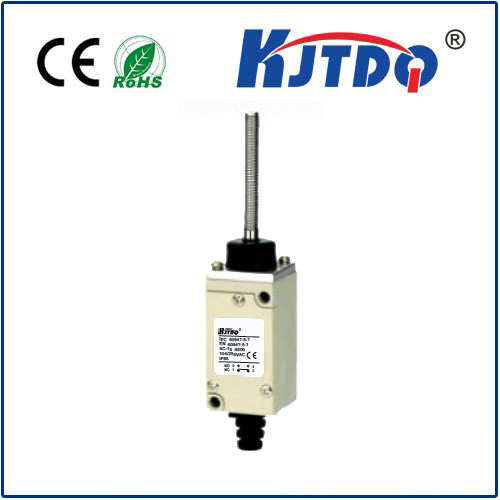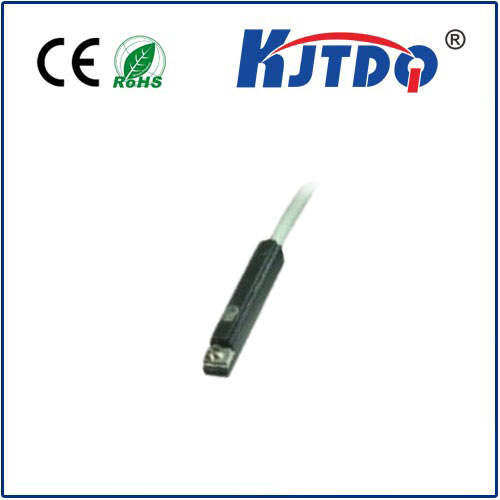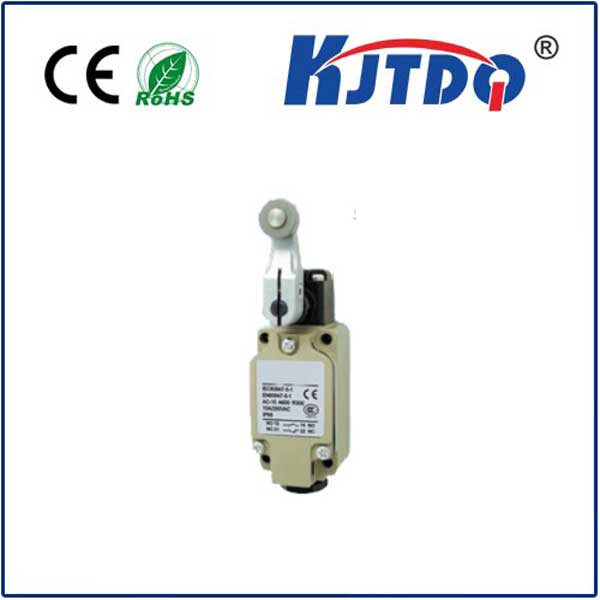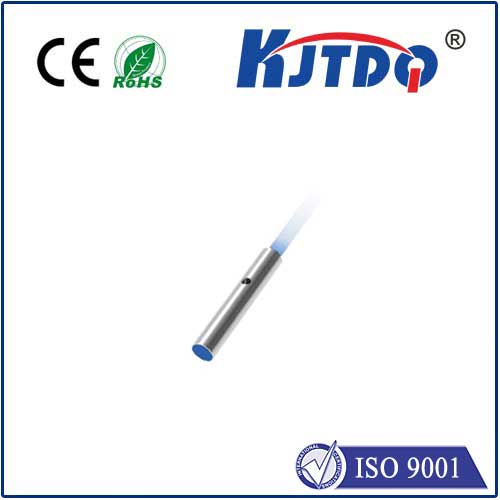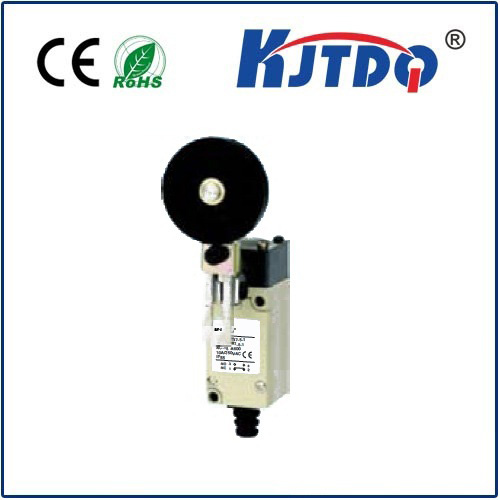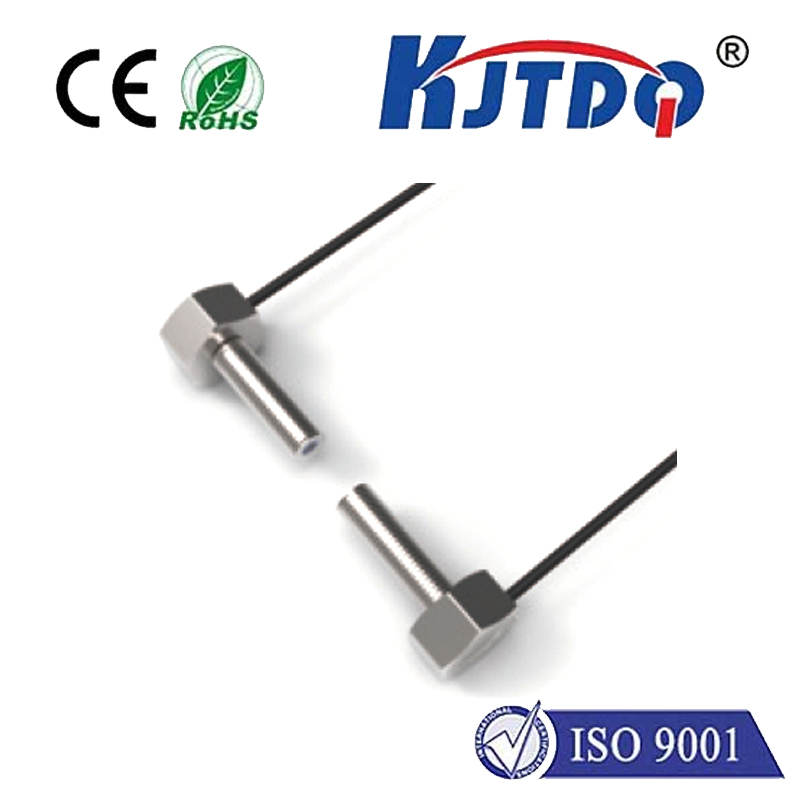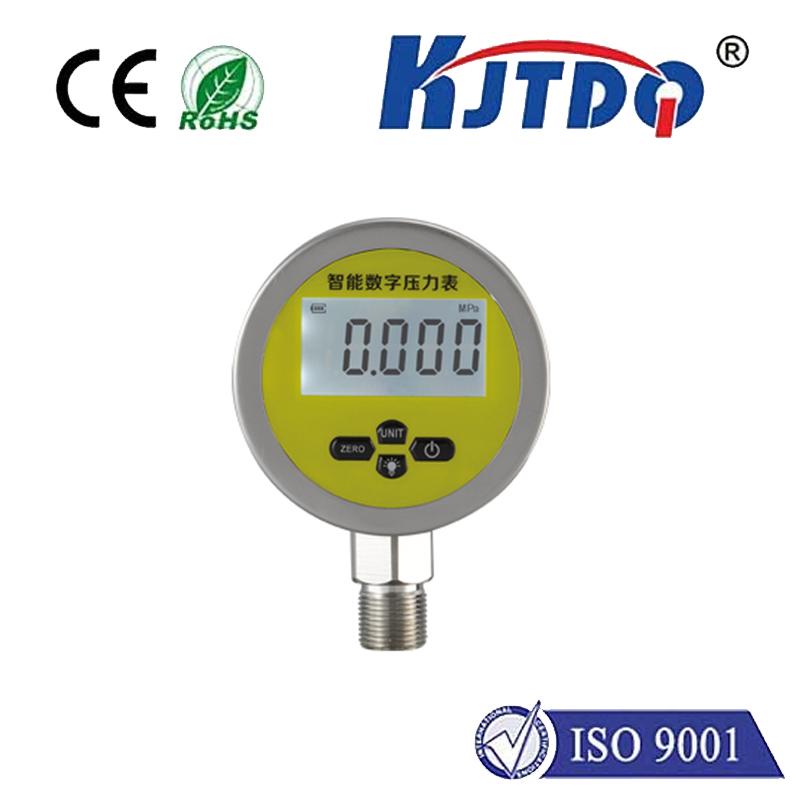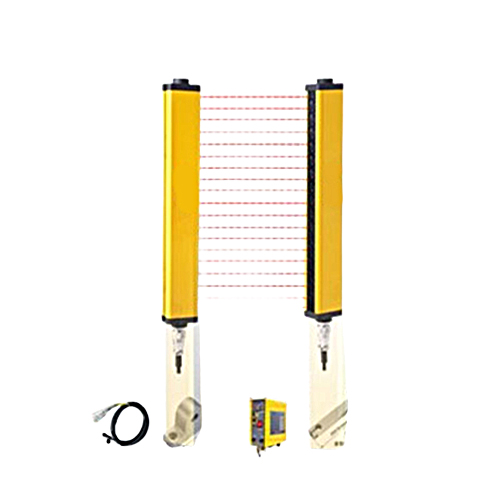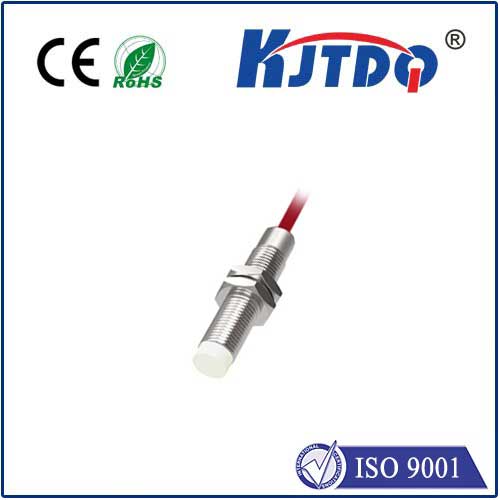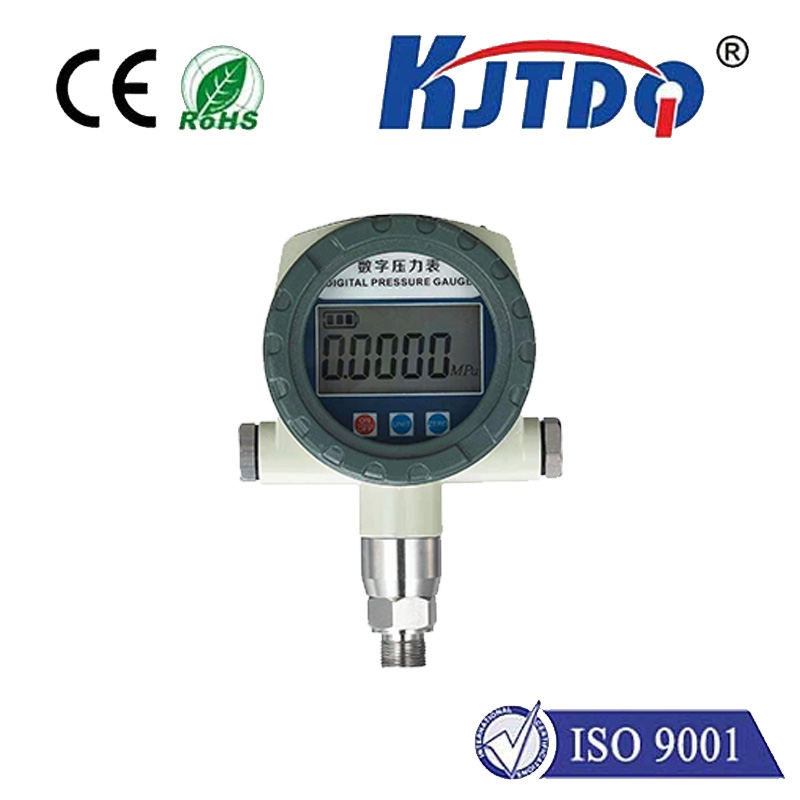photoswitch sensor
- time:2025-07-23 11:28:10
- Click:0
The Revolutionary Impact of Photoswitch Sensors in Modern Detection Technology
Imagine a sensor that doesn’t just passively report but can be actively commanded to check for specific targets at the precise moment needed, minimizing false readings and conserving power. Picture a diagnostic chip where detection zones are activated only by a beam of light, enabling complex, multi-step analyses in a compact device. This is not science fiction; it’s the rapidly evolving reality powered by photoswitch sensors, devices poised to transform how we monitor everything from disease biomarkers to environmental toxins with unprecedented control and efficiency.
At the core of photoswitch sensor technology lies a fundamental marriage between the science of photoswitching and the principles of sensing. Photoswitches are remarkable molecules or materials that undergo a reversible change in their structure (isomerization) when exposed to specific wavelengths of light. This structural change dramatically alters key properties like shape, polarity, or electronic state. Common photoswitches integrated into sensors include azobenzene (trans/cis isomerization), spiropyran/merocyanine (ring-opening/closing), and diarylethenes (open/closed forms). Embedding these photoswitchable units into a sensing platform creates a device whose detection capabilities can be turned ON or OFF remotely and non-invasively using light.

The integration of photoswitches bestows several compelling advantages upon traditional sensors:
- Spatiotemporal Precision: Light offers unparalleled control over when and where detection occurs. A specific area of a sensor array can be activated without disturbing adjacent zones, allowing for highly localized measurements. Sensing events can be triggered exactly when needed, crucial for capturing transient biological signals or avoiding continuous background noise. This light-triggered sensing capability is revolutionary.
- Reversible Control & Reset: Unlike many chemical triggers, light is a clean stimulus. Photoswitching is typically reversible, meaning the sensor can be switched back to its inactive state using light of a different wavelength. This allows the same sensor element to be used repeatedly, enhancing longevity and reducing waste. This reversible sensing mechanism is a core strength.
- Multi-Analyte Detection Potential: By utilizing photoswitches responsive to different light wavelengths within the same device platform, it becomes possible to independently regulate detection pathways for multiple distinct analytes. A single photoswitch sensor chip could potentially orchestrate a complex analytical workflow simply by applying different sequences of colored light – a powerful concept for miniaturized lab-on-a-chip systems.
- Signal Modulation & Amplification: The photoisomerization event itself, or the subsequent change in the host material (like a polymer or nanoparticle), can be intricately linked to amplify the detection signal. Light doesn’t just switch sensing on/off; it can be used to modulate signal transduction, potentially boosting sensitivity significantly.
The unique capabilities of photoswitch sensors are finding resonance across diverse fields:
- Biomedical Diagnostics & Point-of-Care: Imagine a wearable patch that monitors glucose levels only upon command (a light flash from a smartphone) or a microfluidic chip where sequential light pulses activate different detection zones to perform multi-step assays for pathogens. Light-guided biosensing offers pathways to more patient-friendly monitoring and streamlined diagnostic tools accessible outside central labs. Recent research has demonstrated photoswitch sensors incorporated into wearable formats for on-demand sweat analysis.
- Environmental Monitoring: Deployable photoswitch sensors could remain dormant until triggered by light (either remotely or via scheduled exposure) to detect specific pollutants like heavy metals or pesticides in water or soil. This remote-activated sensing drastically reduces power consumption, a critical factor for long-term, unattended field deployments, and minimizes baseline drift. Concepts exist for solar-powered, light-triggered pesticide sensors in agricultural settings.
- Drug Delivery & Release Monitoring: While drug delivery itself is distinct, photoswitch sensors integrated into delivery systems could provide real-time feedback on local drug concentration only when interrogated by light. This ability for localized, on-demand detection enables closed-loop systems where delivery rates are adjusted based on the sensor readings activated by light. Such feedback-controlled therapeutic monitoring is a frontier application.
- Advanced Materials & Process Control: Within industrial settings, photoswitch sensors could be embedded into materials or reaction vessels. Light pulses could selectively activate sensors to monitor specific reaction intermediates or material properties (like viscosity or pH) at critical stages of synthesis or processing, a paradigm of on-command process monitoring.
The future trajectory for photoswitch sensor technology is exceptionally bright. Key frontiers include:
- Expanding the Photoswitch Toolbox: Development of photoswitches with deeper tissue-penetrating near-infrared (NIR) response, faster switching speeds, and higher fatigue resistance is crucial, particularly for in vivo biomedical applications. Pushing the boundaries of light-responsive material design is paramount.
- Enhanced Integration & Miniaturization: Creating seamless integration of light sources (like micro-LEDs), photoswitch elements, transducers, and readout electronics into compact, robust, and potentially wireless platforms is essential for real-world deployment and portable applications.
- Multifunctional & Adaptive Systems: Designing photoswitch sensors that not only detect an analyte upon light activation but can also perform a subsequent action (like triggering release of an antidote or adjusting a flow rate) represents the pinnacle of smart sensing. Achieving true adaptive sensing-action feedback loops is a long-term vision.
Photoswitch sensors transcend the boundaries of conventional detection technologies. By harnessing the power of light as a precise control knob, they unlock unprecedented levels of spatial and temporal control over the sensing process. The ability to activate detection on demand, achieve reversible operation, and potentially orchestrate complex multi-analyte detection sequences positions this technology as a cornerstone for the next generation of smart, responsive, and highly efficient monitoring systems across science, medicine, and industry. As the fundamental science advances and engineering hurdles are overcome, the impact of photoswitch sensors promises to be transformative, enabling a future where sensing is not merely observational but dynamically controlled.












